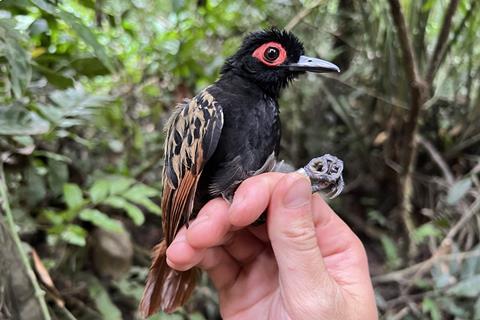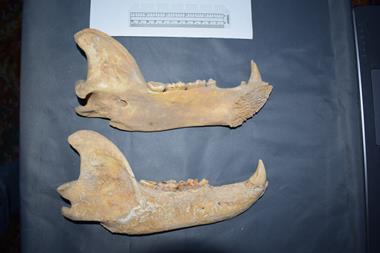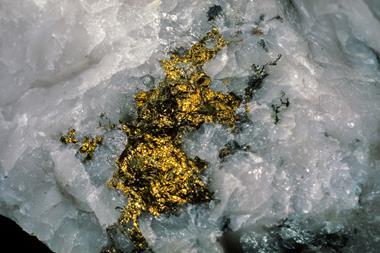
Gold mining appears to be behind high levels of mercury in tropical birds, according to a new study led by the University of California, Los Angeles (UCLA). Researchers from seven countries made the discovery when they analysed more than 2300 blood and feather samples from over 320 Neotropical bird species that hail from nine countries across Central America, South America and the West Indies.
The total mercury concentrations in these birds were nearly four times higher at sites affected by artisanal and small-scale gold mining. Not only were these levels some of the highest mercury concentrations ever recorded for songbirds, but kingfisher feather samples set a record for a bird species in South America. One green kingfisher had 30 times the amount of mercury considered safe.

Mercury is used in artisanal and small-scale gold mining operations to retrieve tiny flecks of gold in soil and sediment. Mercury binds to the gold to form an amalgam, and when the resulting nuggets are heated the mercury vapourises leaving behind just the gold. As a result of this process, mercury pollutes soil and waterways. This small-scale gold mining is estimated to account for almost 38% of global human-generated mercury pollution.
Microbes can convert inorganic mercury into organic methylmercury, which is a form that is more easily absorbed and readily biomagnifies up the food chain. For example, methylmercury is known to harm the migratory success of birds.
Previous research has shown, for instance, that yellow-rumped warblers rapidly accumulated dietary methylmercury and, as a result of the acute neurotoxicity, they were involved in more frequent collisions with aircraft.

The UCLA team also found elevated mercury concentrations in carnivorous bird species and those in aquatic habitats. This is because the mercury biomagnifies up the food chain, and birds living in marine areas have additional mercury exposure because the toxic metal collects in riverbeds, the researchers explained.
The study’s authors said that the implications of their findings extend beyond tropical birds, which ecologists use to gauge the health of overall ecosystems because of their sensitivity to pollution. If these birds have elevated mercury levels, they argued, it is also likely the case for other species, including humans.
References
CJ Sayers et al, Ecotoxicology, 2023, 32, 1096 (DOI: 10.1007/s10646-023-02706-y)

















No comments yet